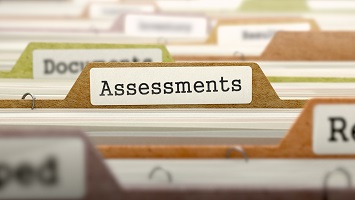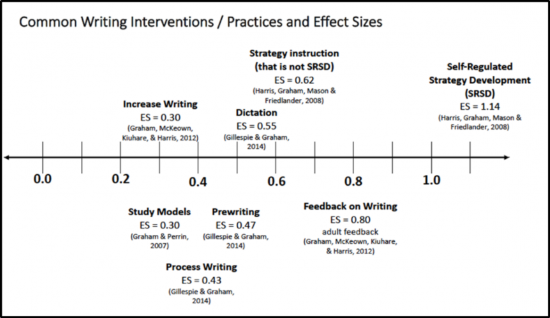 A while ago I attended a lecture by Dan Habib, photojournalist and producer of the film Including Samuel (https://www.includingsamuel.com/). He began his lecture with this question, “Why do we continue to segregate students with disabilities?” Dan noted that, despite research findings that inclusion benefits students both with and without disabilities, we continue to segregate students with disabilities in many of our districts. In addition to being a film producer, Dan is the father of a sixteen year old boy who has cerebral palsy and learning challenges; his son will be graduating high school in a few years with a regular high school diploma.
A while ago I attended a lecture by Dan Habib, photojournalist and producer of the film Including Samuel (https://www.includingsamuel.com/). He began his lecture with this question, “Why do we continue to segregate students with disabilities?” Dan noted that, despite research findings that inclusion benefits students both with and without disabilities, we continue to segregate students with disabilities in many of our districts. In addition to being a film producer, Dan is the father of a sixteen year old boy who has cerebral palsy and learning challenges; his son will be graduating high school in a few years with a regular high school diploma.
Dan emphasized the advantages of inclusion for our students with disabilities which include:
- Better communication skills
- Higher academic achievement
- Wider social networks
- Fewer behavior problems
What surprised many of us in the audience was that all students in an inclusive environment benefit, demonstrating improved academic performance and social/emotional gains.
So what do we need to do to become more inclusive? According to Dan Habib, first all educators need to believe that all of our students can achieve. This will come about only if we change our school culture, provide training for all teachers, and ensure effective inclusive leadership in all of our schools.


 Data-Driven Decision-Making
Data-Driven Decision-Making  Increasing Post-School Success through Interagency Collaboration
Increasing Post-School Success through Interagency Collaboration  How Can We Improve Deeper Learning for Students with Disabilities?
How Can We Improve Deeper Learning for Students with Disabilities?  Positive Classroom Management: Creating an Environment for Learning
Positive Classroom Management: Creating an Environment for Learning  Self-Determination Skills Empower Students of All Ages
Self-Determination Skills Empower Students of All Ages  Fidelity of Implementation: What is it and Why does it Matter?
Fidelity of Implementation: What is it and Why does it Matter?  Rethinking Classroom Assessment
Rethinking Classroom Assessment  A Three-Step Approach to Identifying Developmentally Appropriate Practices
A Three-Step Approach to Identifying Developmentally Appropriate Practices  Transforming Evidence-Based Practices into Usable Innovations: A Case Study with SRSD
Transforming Evidence-Based Practices into Usable Innovations: A Case Study with SRSD